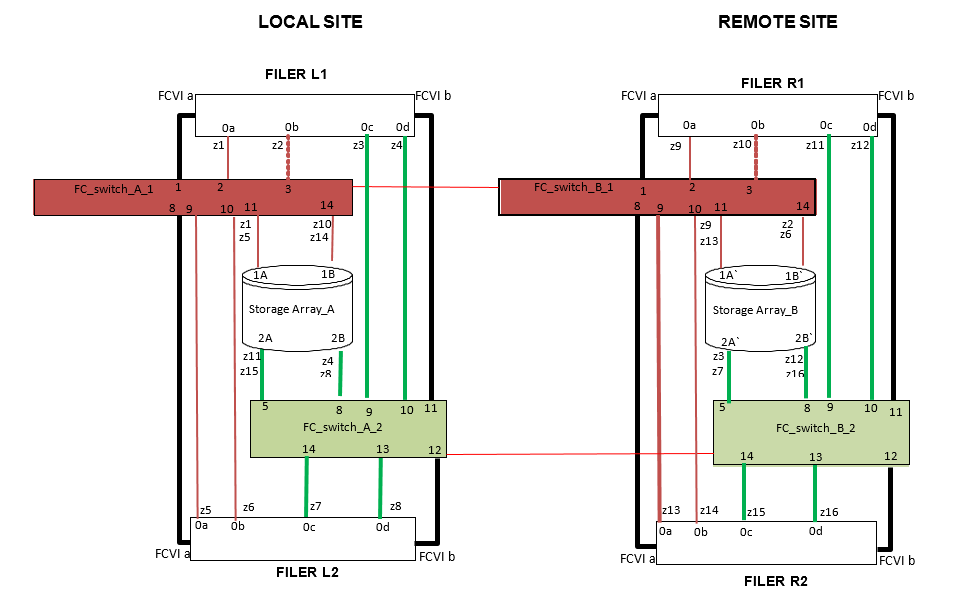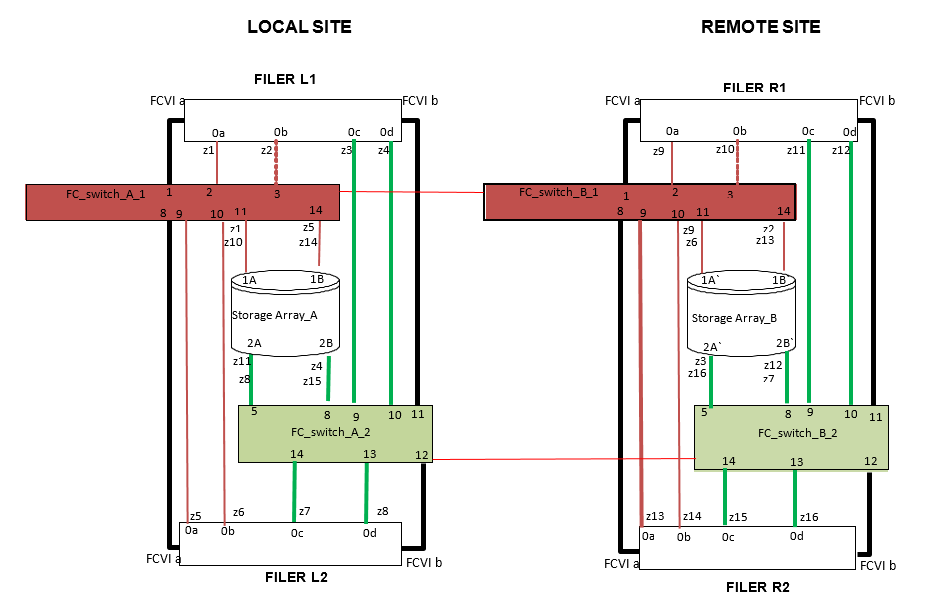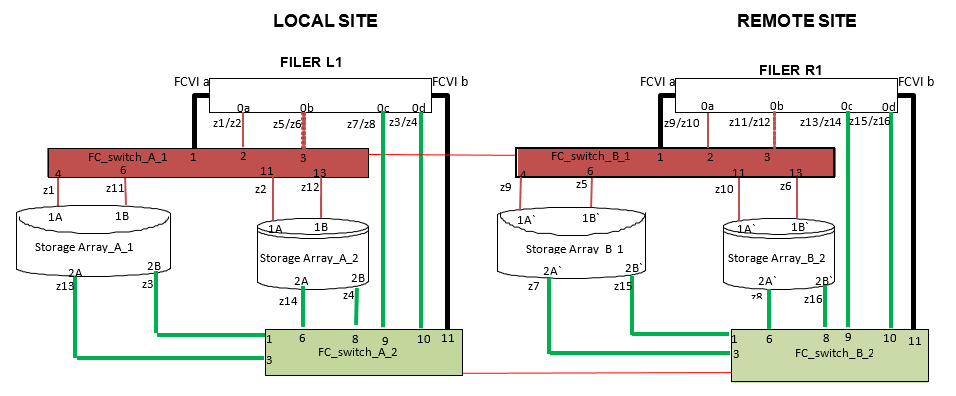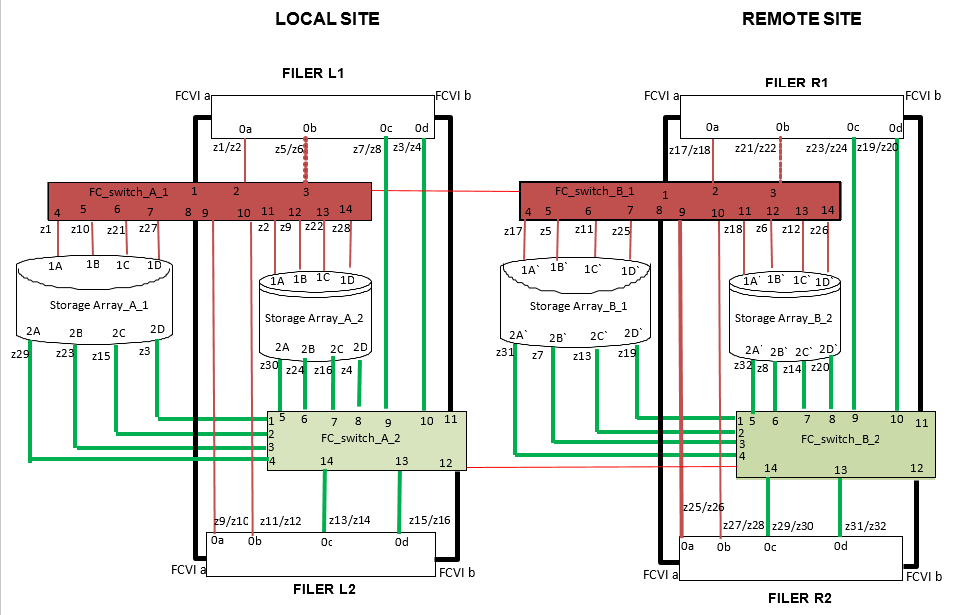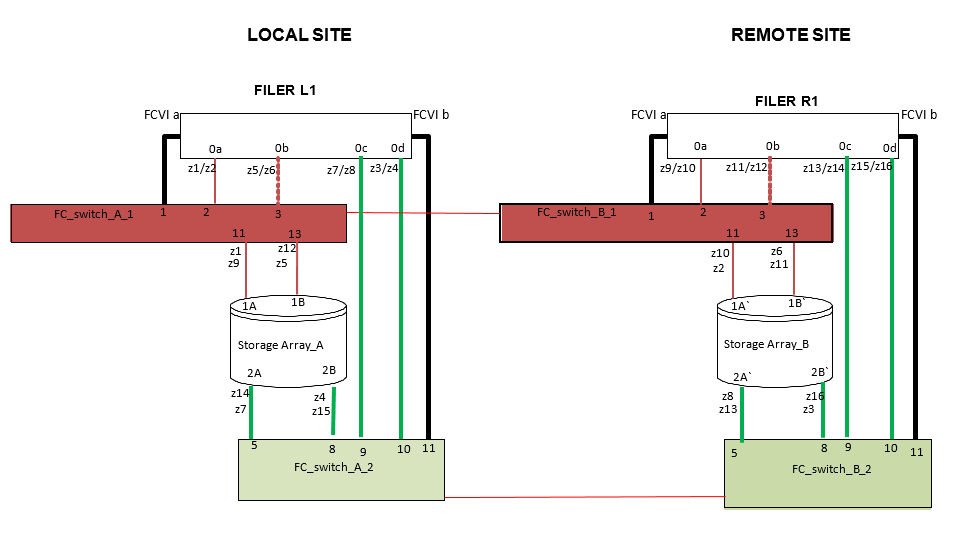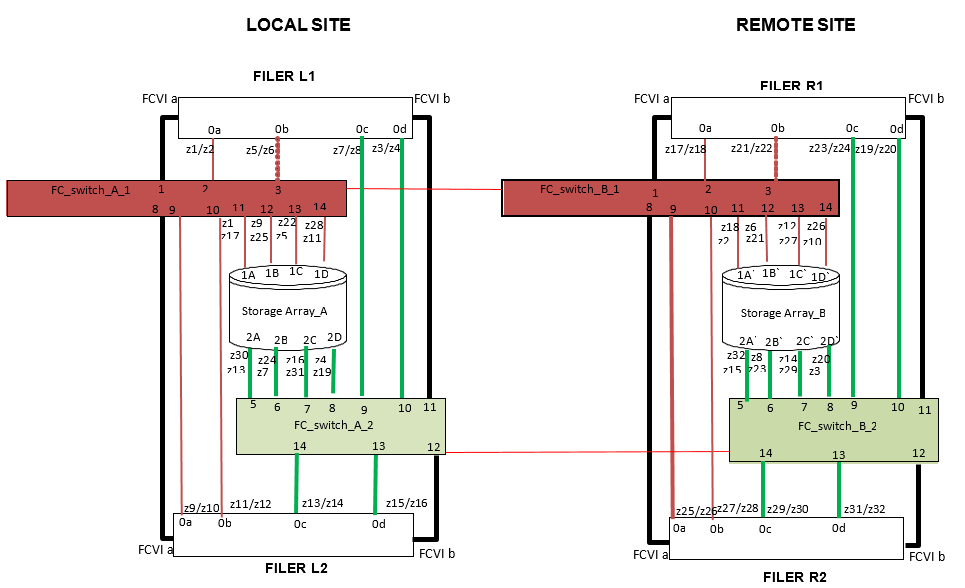KB at your finger tips
Book a Meeting to Avail the Services of NetappThis is one stop global knowledge base where you can learn about all the products, solutions and support features.
Categories
All
CRM
ERP
Storage and Backups
Cloud
Computing
Database
DevOps
Mobile
Programming
Products
CNC Software (Mastercam)
3D perception
7shifts
ABB EV Charging Infrastructure
Accelo
Aconex (by Oracle)
Act-On
Actenum Scheduler
Actico Compliance Suite
ActiveCampaign
Adapt
Addepar
Adobe Captivate
Adyen
AG Leader
Agrivi
AgriWebb
Agworld
Ahrefs
Aidoc
AIMS360
Akamai Kona Site Defender
Algolia
Alis by TalentGuard
ALLDATA Repair
Allscripts
Alpaca Trading
Altair HyperWorks
Altium Designer
AMOS
Amplitude
Anaplan
Anessa Biofuel Optimization
AppDynamics
Applied Epic
Applied Materials E3
Aptean ERP
Aptean Food & Beverage ERP
Aptima
Aquatic Informatics’ WaterTrax
Arable
Arena Solutions PLM
Articulate 360
Asana
ASML Twinscan
Aspen Plus Biochemical Process Modeling
Aurora Solar
AspenTech APC
Athenahealth
Atomwise
Audiam
Audiomovers
AspenTech for Refining
Autodesk AutoCAD
Autosoft
AspenTech Pharma Suite
Asset Panda
Aveva Marine
AssetMark
Aveva Pipeline Management
AVEVA Process Engineering Suite
AVEVA Refining Solutions
AVEVA Unified Operations Center
Avid Media Composer
AVL eSuite
AWS Ground Station
AWS IoT Greengrass
Azure IoT Central
Azure Space
Backbase
BatchMaster ERP
Benchling
Bentley OpenFlows
Bentley OpenRoads
Bentley OpenUtilities
Bentley Systems AssetWise
Bentley Systems – OpenRail
beonic
BevSpot
Bigbelly Smart Waste & Recycling System
BigCommerce Automotive
Bitly
Bitmovin
Blackbaud
BlackBerry AtHoc
Blackboard Learn
BlackLynx
Blend
Blue Yonder WMS
Bluebeam Revu
Bohemia Interactive Simulations (BISim)
Bosch Esitronic Diagnostic
Bosch IoT Suite
Braintree
Bright Biomethane
Brightpearl
Bringg
Browzwear
Builder Prime
Buildertrend
BuildTools
BWX Technologies' Nuclear Security
Cabinet Vision
Cadence OrCAD
Cadence Virtuoso
CAE
Canvas LMS
Cargowise One
Carrier i-Vu
CaterZen
CattleMax
CDK Global
Celtx
Cerner Pharmacy
ChargePoint Cloud Services
Charles River Development
Check Point CloudGuard
Checkout.com
Cin7
Circularise
Cisco Umbrella
Classcraft
ClearDATA
ClearMetal
ClickFunnels
ClickUp
Climate FieldView
Clir Renewables
Cloud Lending (Q2 Software)
Cobb Accessport
ComplianceQuest
ComplyAdvantage
Conducttr
Conservis
Continental Connected Vehicle
Copper
Coupa by LLamasoft
CQG Integrated Client
Creatio
Creatio marketing
CropNutrition
CrowdStrike Falcon
CyberSource
Damarel
Darktrace
Dassault Systèmes CATIA
Dassault Systèmes ENOVIA
Dataminr
DaVinci Resolve
DealerSocket
DealHub
Decisive Farming
Deliverect
Deltek Costpoint
Demandbase
Denso EV Thermal Systems
DeSL (Digital Enterprise Software)
DigitalOcean
DJI Ground Station Pro
Docebo
DrillPlan by Schlumberger
DroneDeploy
e-Builder
Ecochain
EcoVadis
Edmentum
Edsby
EFI Live Tuning
EFI Optitex
EFI PrintSmith Vision
Ellie Mae Encompass
Ellucian Banner
Elucidat
Emerson Ovation
Emerson Plantweb
eMoney Advisor
Enact Systems
Enfusion
Envestnet | Tamarac
Epicor ERP
Epicor Parts Network
Esko ArtiosCAD
Esko WebCenter
ETQ Reliance QMS
Everbridge
eVinci™ Micro Reactor by Westinghouse
Exostar SCM
Fanuc Automation
Fanuc Robotics
FarmERP
FarmLogs
FieldAware
Finacle
Finastra Fusion
FinQuery
Flatiron Health
FoodLogiQ
Fortinet FortiGate
FourKites
Freshworks
GDC Technology
GE Digital APM
GE Digital Plant Applications
GE Digital Predix
GE Healthcare FlexFactory
GE Vernova
Genscape Pipeline Solutions
Geofeedia
GeoSoftware
Geotab
GEP SMART
Gerber Technology
GetAccept
Gorgias
Greenbyte Energy Cloud
Greenlight Guru
GreenPrinter
GreenSlate
Guidewire Software
Handshake
HawkEye 360
Health Catalyst
Herdwatch
Hexagon Intergraph CAD
Hexagon Manufacturing Intelligence
Hexagon MSC Software
Hexagon PPM
Hexagon Safety & Infrastructure
Hexcel HexPly
Honeywell Enraf Tank Gauging
Honeywell Forge
Honeywell Forge for Chemicals
Honeywell UOP Ecofining
Houzz Pro
HP Indigo Digital Press
HP Tuners VCM Suite
HubSpot CRM
IBM i2
IBM Watson Health
IFS Applications
Illuminate Education
Imprivata
Indra Air Automation
InEight
Infor CloudSuite Food & Beverage
Infor EAM
Infor LN
Infor WMS
Inmarsat Fleet Data
Instapage
Insurity
Intellect QMS
Intergraph SmartMarine 3D
Intex ERP
Intuitive Surgical da Vinci
IONOS
Ironclad
iSpring Suite
John Deere Operations Center
Johnson Controls Metasys
Juro
JustFood ERP
Kahoot
Kahua
Kareo
KBC Petro-SIM by Yokogawa
Keap
Kiinaxis RapidResponse
Kinaxis RapidResponse
Kisters WISKI
KLA YieldStar
Klaviyo
Knewton Alta
Kratos OpenSpace
KUKA Robotics
KUKA Smart Production
Kustomer
Landr
LeadAngel
LeanData
Lectra Fashion PLM
Leidos Integrated ISR Solutions
Linode
Lithium Balance BMS
Lockheed Martin DiamondShield
LogicGate
Logility
LogiNext Mile
LuciadLightspeed (Hexagon)
Luma Health
Mahle Thermal Management
Majesco
Mallcomm
MAM Software Autopart
Manhattan TMS
Manhattan WMS
Mark43
MASS (Cohort plc)
MasterControl Manufacturing Excellence
MasterControl Quality Excellence
Material Exchange
McKesson Pharmacy Management
MedeAnalytics
Medidata Solutions
Medtronic CareLink
Medtronic Hugo RAS
Mentor Graphics (Siemens)
MetricStream
Microsoft D365 SCM
Microsoft Project
MilliporeSigma BioContinuum
MindTickle
Mirakl
Mitchell1 ProDemand
MODS (Military Operational Decision Support)
Moodle
Moody’s Analytics
Morningstar Direct
MRI Facilities Management
MuleSoft
MyPath
Nautilus Labs
Navitaire
nCino
Nearpod
Netafim
NetApp
Netwrix Auditor
NextGen Healthcare
NICE Actimize
NICE Public Safety
Nimble
Nutshell
Nuvation Energy BMS
Nuvolo
Office Furniture by Haworth
Omnisend
OneTrust
OneWeb Satellite Services
Onfleet
Optibus
Optimizely
ONYX InSight
Oracle E-Business Suite
Oracle FLEXCUBE
Oracle TMS
Orion Advisor Tech
OSISoft PI System
Outgrow
OVHcloud
PagerDuty
Palo Alto Networks Cortex XSOAR
Palo Alto Networks Prisma Cloud
PandaDoc
Panorama Education
Parrot Analytics
Petrel by Schlumberger
Philips HealthSuite
PipelineManager by Atmos International
Pipeliner CRM
PitchBook
Pix4Dfields
Planet Labs
Plex Systems
PowerSchool
PredictHQ
Printavo
Procore
Project44
Proposify
Prospera
PTC Windchill
Quantifi
QuarkXPress
Quipli
Quorum Distribution Software
R1 RCM
Rackspace
Rapyd
ReCharge
Reynolds and Reynolds
Rightsline
Riskalyze
Roostify
Runway ML
S&P Capital IQ
Sabre AirCentre
Safefood 360
Saipher ATC
SAP Defense & Security
Sapiens CoreSuite
Oracle Cloud SCM
Oracle NetSuite
Plex Manufacturing Cloud
QbDVision
Ramco Aviation MRO Suite
RedTeam
SAP EWM
SAP Supply Chain Management
SAS Analytics
Schoology
ScreenCloud
Sensia Oilfield Monitoring and Control
SentinelOne
Serpstat
Shift Technology
Shift72
ShipBob
ShipServ
Shopify Plus
Shopify Plus for Automotive
Shotgun (by Autodesk)
Siemens Simcenter
Signal Sciences
SimCentric Technologies
SimCorp Dimension
SimScale
Simutech Multimedia
Skedulo
SkillMill by Interplay Learning
Skyfii
SkyWatch EarthCache
Slingshot Orbital
Smartsheet for Compliance
Snapsheet
Solutionreach
Soyang Europe Green Materials
Sparta Systems TrackWise
Sphera Sustainability Management
Spire Space Services
Splunk Enterprise Security
Splunk Industrial IoT
Square for Retail
StormGeo
Stratasys 3D Printers
Stripe
STRIVR
StudioBinder
SUSE
Swissport
Symantec Endpoint Security (Broadcom)
Synopsys TCAD
Syntasa
TalentLMS
TankVision by Endress+Hauser
Teladoc Health
Tenable.io
Terminus
TexGen
Thales CipherTrust
Thales Manpack EW Suite
Thales TopSky-ATC
Thinkorswim
Thryv
Toast POS
TotalEnergies Bio Lubricants
TraceGains
TraceLink
Trimble Construction
Trove
TurnKey Lender
Udemy for Business
Unbounce
Updox
Validic
Valmet DNA Automation System
Varsity Tutors
Veeva CRM
Veeva MedTech
Veeva Quality
Veeva Vault
Vendasta
Veson Nautical IMOS Platform
Viewpoint (by Trimble)
Vimeo OTT
Virbela
Vizient
VTS
VWO
Waste Management Open API by AMCS
Waystar
Wealthfront
Wherefour
WindRiver Helix Virtualization Platform
WoodCAD|CAM
Workday Student
Worldpay
Wrike
Xactly
Xerox Paper Recycling
XOLV
Xtime
YCharts
Yopto
Zendesk Marketplace
Zoho
Zoho Inventory
Zonos
Zscaler
Web-to-Print by Printful
Zuppler
ABB Robotics Solutions
Alibaba Cloud
ANSYS Composite PrepPost
Apollo
Autodesk BIM 360
Aventri
BigCommerce
Bizzabo
Bloomberg Terminal
BookBrush
Brella
Canva Pro
Chartmetric
Contentful
edX
EnergyHub
EventPro
Granular
Helix Core
iVvy Venue Management
Joomag
ManageArtworks
MathWorks MATLAB
Mobalytics
Moocall
On24
Pluralsight
PressPad
Prismm (All Seated)
Reedsy
RegFox
SAP S/4HANA
Amwell
ANSYS Engineering Simulation Software
Autodesk CFD
AutoGrid Flex
BetterUp
Dassault Systèmes SIMULIA
Evisort
FlippingBook
LabWare LIMS
SAP TMS
Amazon Augmented AI
Aquarium
V7
Dataloop
Encord
Encord
Galileo
Labelbox
Voxel51
iMerit Ango Hub Multimodal AI Platform
Canva
Scalenut
Hypotenuse AI
Writer
Copy.ai
RELAYTO
Amplience
M1-project
Imagine.io
Aida Social
Craftly.AI
Typetone
Describely
Adobe GenStudio for Performance Marketing
Astral
Contents
DashoContent
Eden AI
hair-style.ai
PlanPost AI
ZiNK AI
Kore.AI
Microsoft Copilot
Genesys Cloud CX
Synthflow
Botpress
Twixor
Guru
Qualified
LivePerson
Leena AI Autonomous Agent
Voiceflow
Replicant
Conversica
Rezolve.ai
Dixa
Assembled
Zowie
Level AI
Moveworks
Espressive, Inc.
Haptik
Rulai
Cognigy.AI
MeBeBot Intelligent Assistant
Supervity
Vozy
HCL BigFix AEX
ViaSay
Kenyt
Puzzel
yellow.ai
EVA.ai
Verint Messaging
Cresta
Netomi
Omind
AiSDR
Engagely.ai
Floatbot
Tiledesk
FPT.AI
Relevance AI
Kindly
Yuma AI
CoSupport AI
Joule
AtomChat.io
Enjo
IntelePeer
PolyAI
Salesforge
Vodex.ai
Born Digital
Hoory AI
Nurix
Overchat AI
Spotlight.ai
UneeQ
Accenture Conversational AI
Benedic chatbot IA
Comm100 Chatbot
eGain Virtual Assistant for Agents
Fulkrum
GPTBots.ai
KNO Plus
Moveo.AI
Neople
Qlary AI
TailorTask
Verint Intelligent Virtual Assistant
Agent4
AIgent
Atomicwork
Clay Research
Copilot.Live
Cust
Debales AI Conversion Agent
FlashAI
Remplo
SeamlessGPT
SearchUnify Virtual Assistant (SUVA)
SideKick AI
Taalk AI
Talkdesk
Turbo AI Agent
Village AI
Vinsi AI
Wethos AI
Wizr AI Studio
You.com
Deepgram
Whisper
Hour One
Gladia
Google Cloud Speech-to-Text
Google Cloud Speech-to-Text
Microsoft Custom Recognition Intelligent Service (CRIS)
Mihup.ai
BigHand Speech Recognition
Amazon Transcribe
Microsoft Speaker Recognition API
Krisp
ai voice detector
Microsoft Bing Speech API
Kaldi
Resemble AI
ArtPro
Rev
Sayint
Speech Recognition API
Synth
Threads
Voicify
Azure Custom Speech Service
Museum Space
ResourceMate
Speech to text
Symbl.ai
The Digital Ark
Voicein
Yugo (Speech-to-Text)
Acapela VaaS
GlobalLink
Neon AI
OneVoiceData
Snips
Spantel Hospital Direct
Speechmorphing
Telisma
Voxpow
Winscribe Speech Recognition
ZipScribe
AI Squared
eMuseum Online Collections Software
HeardThat
Listener – Reliable Automatic Speech Recognition (ASR)
MediaServicesIQ
Neuro.net
HeardThat
